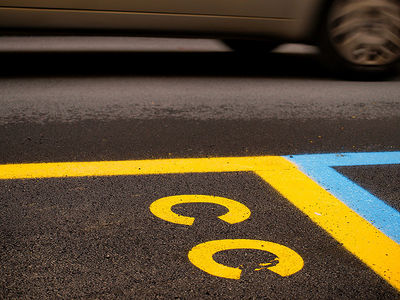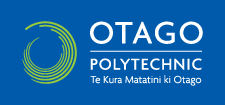Summary
Creative Commons is the legal framework for open educational resources (OER) which makes the OER movement possible. It provides the legal and technical tools which educators and institutions use to share knowledge freely, building on a culture of permissions as opposed to restrictions. In summary:
- Creative Commons works in tandem with copyright law to provide educators alternatives to refine their copyright by transforming the default position of "all rights reserved" to "some rights reserved" according to permissions determined by the creator of the work.
- Creative Commons provides six license alternatives based on the permissions for derivative works and whether or not commercial use is allowed.
- Creative Commons provides public domain tools which allow copyright holders to place their works into the public domain or to mark a work that is already in the public domain as such.
- The Creative Commons website provides a free online tool to choose a license for a creative work.
- CC[1] licenses are user-friendly and appropriate for the digital world, as they are available in three different formats: the full legal terms, the license summary (deed), and "machine-readable" code.
- With CC licenses, users know in advance which material can be revised, remixed and redistributed as derivative works, according to compatibility for re-licensing among different licenses.
Closing reflection
Microblog Activity
|
Now you should know more about refining your copyright using Creative Commons. We invite you to share a closing reflection with fellow participants by posting on WEnotes, twitter or Google+ and don't forget to include the hash tag "#OCL4Ed" Did you learn something new? For example:
|
Links for further reading
Notes


